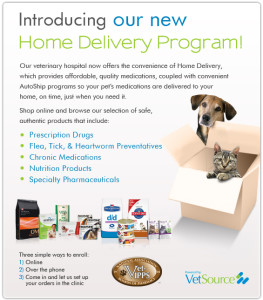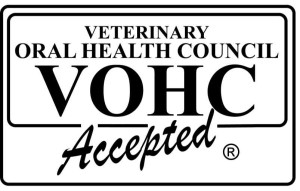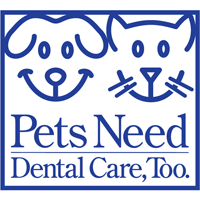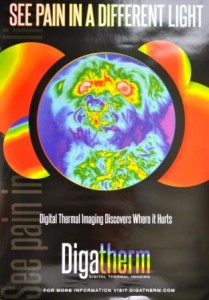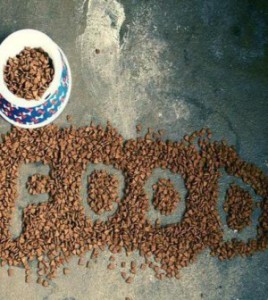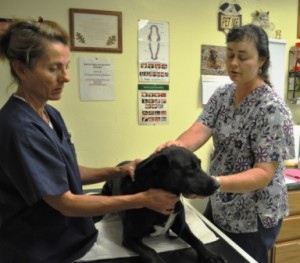
Regular exams with vaccinations are an important part of your pet’s health care.
Why should I have a veterinarian give my pet’s vaccinations when I know how to give a shot myself?
Certainly some pet owners feel comfortable administering their own pet’s vaccinations and they might even offer to do the same for a friend. However there are some problems with this.
First, the pet misses out on the opportunity to get a physical exam from a licensed veterinarian. I regularly counsel owners of apparently healthy dogs and cats about dental disease, preventative care, obesity, behavior, nutrition, arthritis, and allergies, among other things.
Secondly, if vaccines aren’t administered at a veterinarian’s office, you have no legal proof that the vaccine was given or that it was given correctly. Most pet boarding facilities, dog groomers, housing complexes, other veterinary offices, and city/state entities require legal proof of vaccination. Legal proof is especially important when it comes to rabies vaccinations as the disease is lethal to both pets and humans. Strict rules about rabies vaccination and control are established by governing authorities.





